The Difference Among Vegetable Tanning, Chrome-Tanning, and Combination Tanning | Leather Crafting, PEGAI Stories
One of the most frequently asked questions in the leather industry is the difference between vegetable-tanned leathers and chrome-tanned leathers. People often ask, “Which one is better? Which is more expensive? Which is more premium? Should I choose vegetable-tanned leather goods or the chrome-tanned one?” We asked a leather expert (of course, that’s our Chief Craftsman), Tanner Leatherstein, to answer these questions of yours.
Let’s start with vegetable tanning. This tanning process is considered as the “craftsmanship of the tanning industry.” It is the more expensive and premium one that achieves shinier and glossier grains. It is also considered as the oldest way of tanning leather that has an amazing smell (you would probably associate leather smell with it). However, vegetable tanning is a difficult process to perfect which is why it is practiced less and less in the industry. About 10% or even less of the leather goods you see in the market is vegetable tanned. It ends up with a thicker and stiffer leather which might not be suitable for some uses in the craft and it also takes a longer time to process. It is a rarer type of tanning process and it is not easy to find good quality leather goods that were processed using vegetable tanning.
Next up, we have chrome-tanning which is more common than vegetable tanning. This tanning process uses a more modern technology and a mineral called chromium salts which makes it inorganic. It had some environmental effects (which happened ages ago) that may be harmful to the skin and other health matters. However in today’s times, there are a lot of methods, tests, and regulations perfected for this type of tanning process which makes chrome-tanning very easy to perfect. Good regulations are already in place to ensure that harmful practices are avoided.
Most of the leather goods you see on the market are chrome-tanned, about 90% to be precise. It is more pliable and softer but is still durable. It also requires less to no maintenance since almost everything is fixed into chrome-tanned leathers. However, there are some things that you need to be careful about: there are some tanneries that haven’t perfected this tanning technique which in turn might cause harm to the environment. So before you purchase chrome-tanned leather goods, make sure you’re going for reliable brands that do all the checking for you.
Lastly, we have the combination tanning which is Tanner’s favorite. According to Tanner, combination tanning gives the best results in terms of leather quality and characteristics and is considered as the “gray point” between the two tanning processes. The first step in this process is to use chrome-tanning as the base tanning which is much easier. This will give you a soft material/leather. Next, to add some characteristics to the leather hide, tanneries will do a retanning process using heavy vegetable tanning to achieve a stiffer but more pliable type of leather. Combination tanning is best used if you’re planning to do personalizations/engraving or burn logos and names into the leather goods. In Tanner’s own terms, combination tanning is “the best of both worlds.”
That’s a lot of information to take in but we hope this helped you to understand these three tanning processes better! Let us know which one’s your favorite in the comments section below. If you want to become more leather-savvy, please check out our YouTube channel where we also criticize big luxury brands’ products! We’ll see you again in next week’s article. Always remember that you’re special and loved, and you deserve that buy from PEGAI!



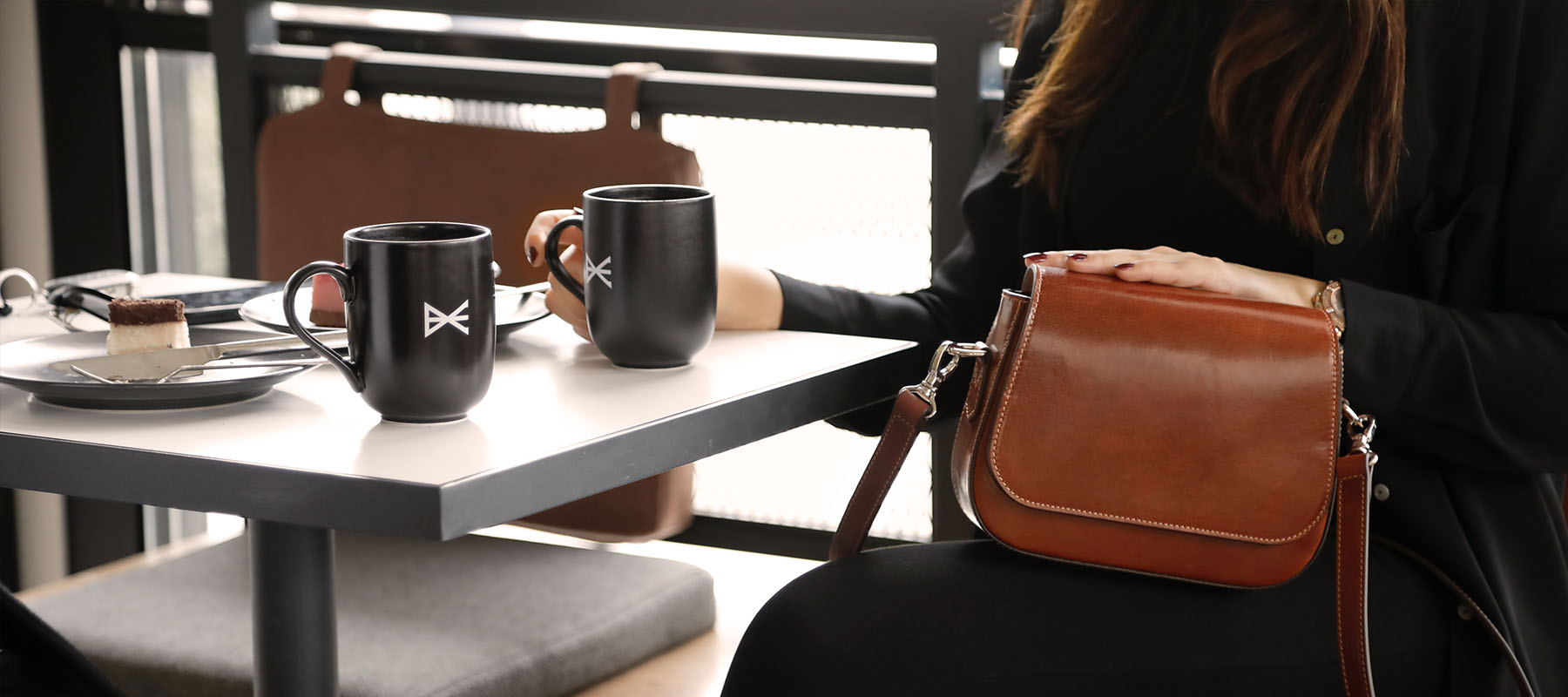
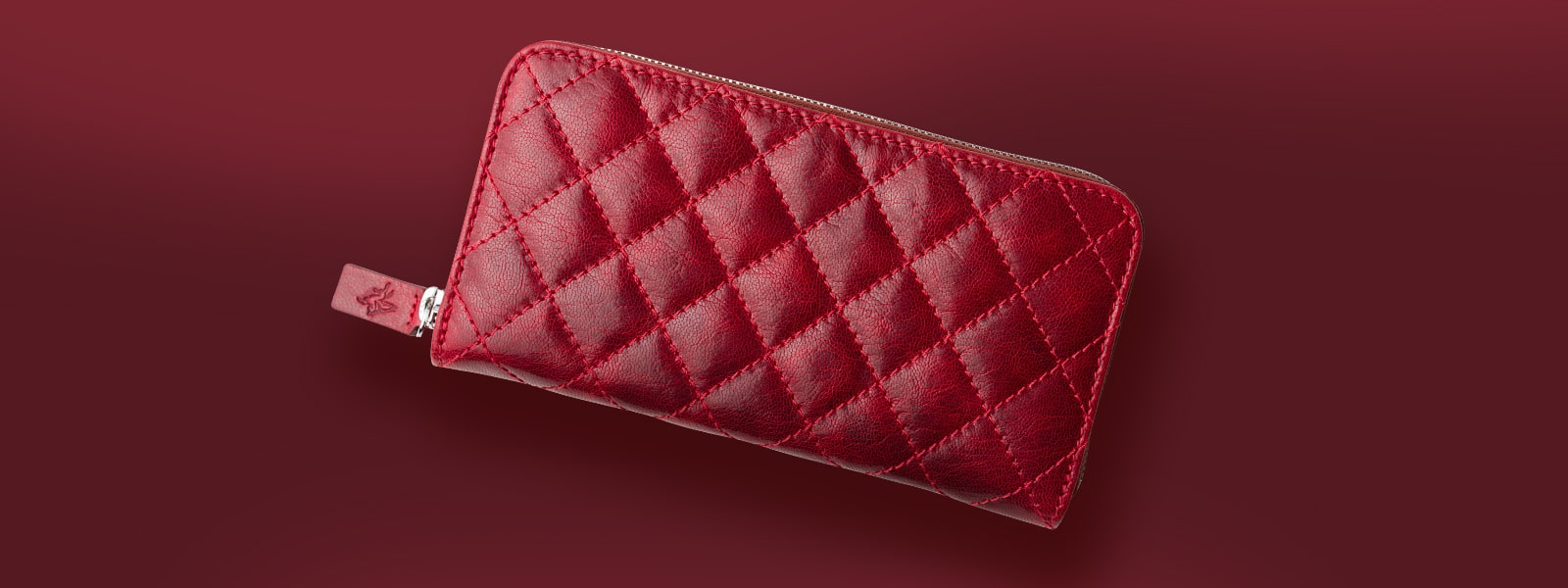
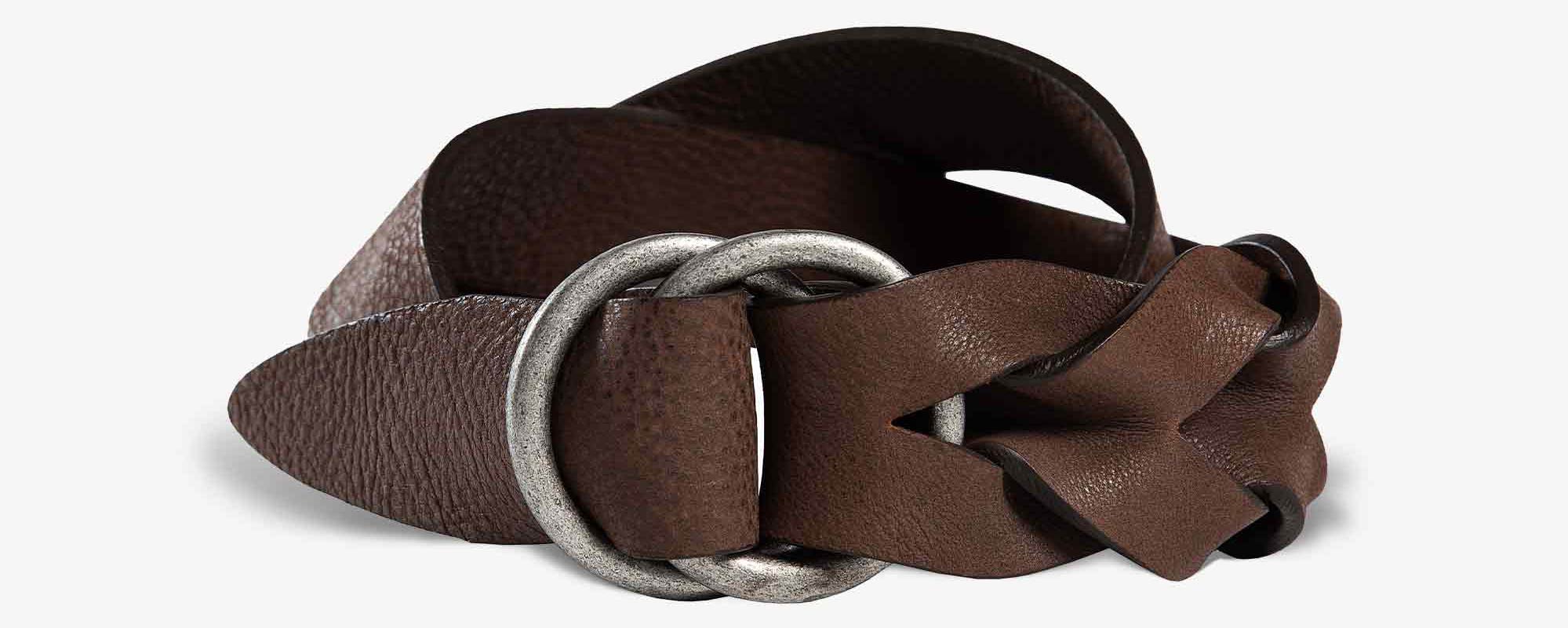
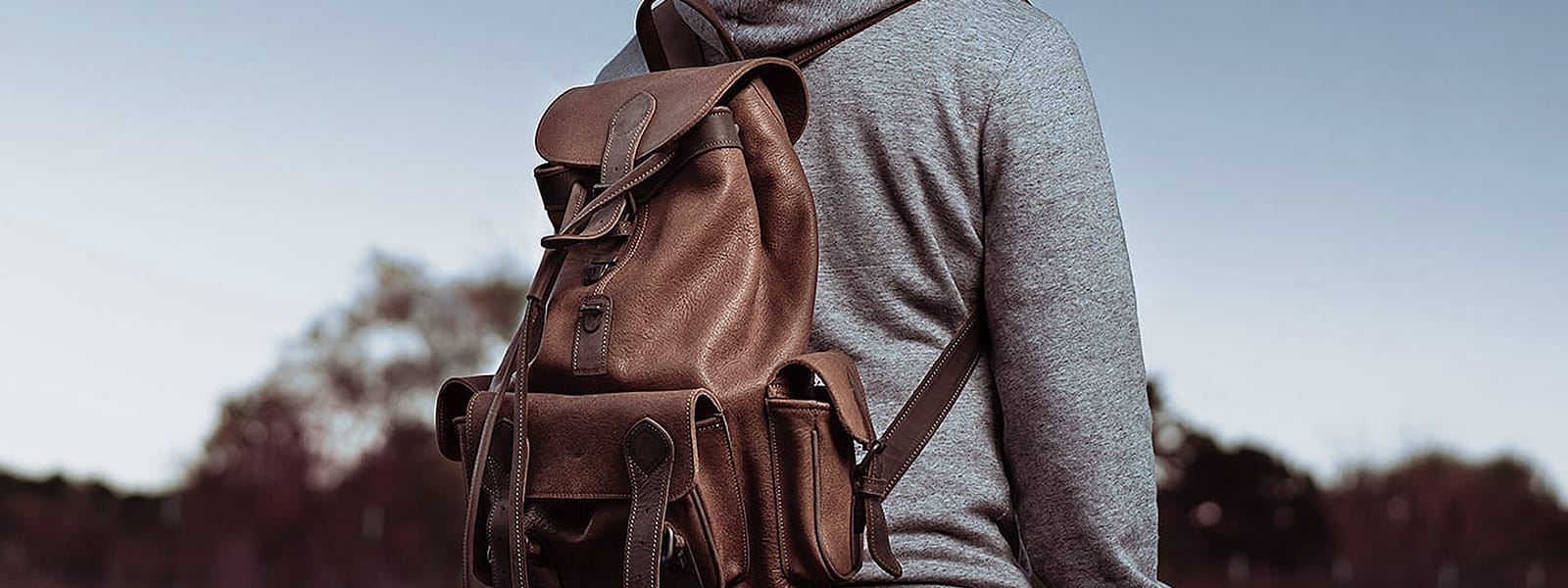
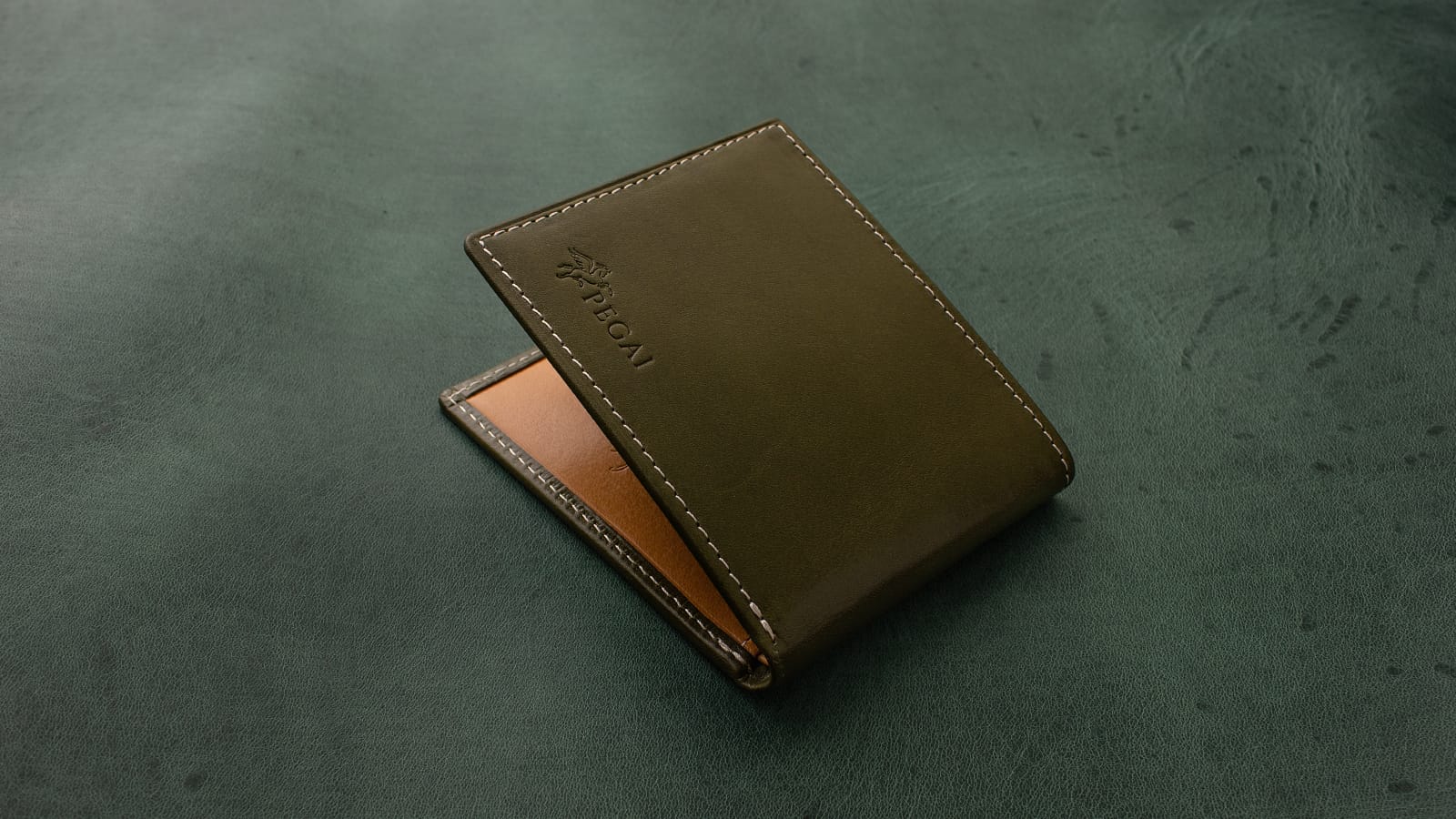
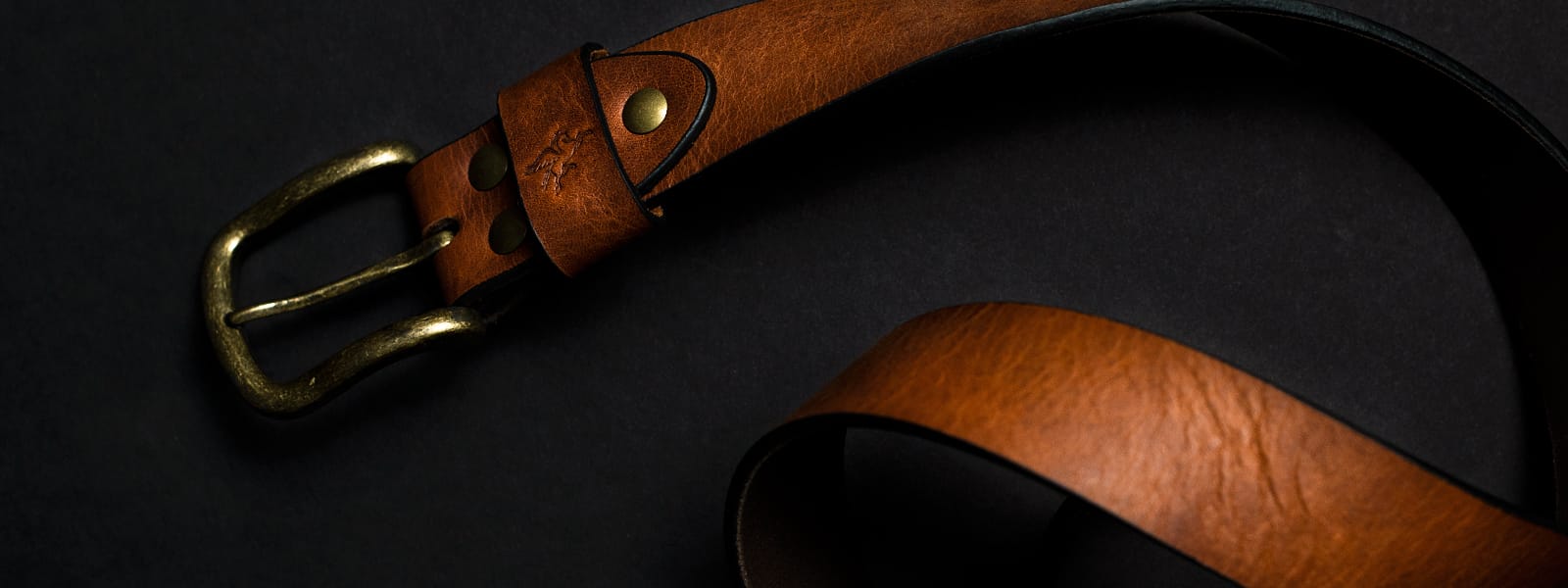

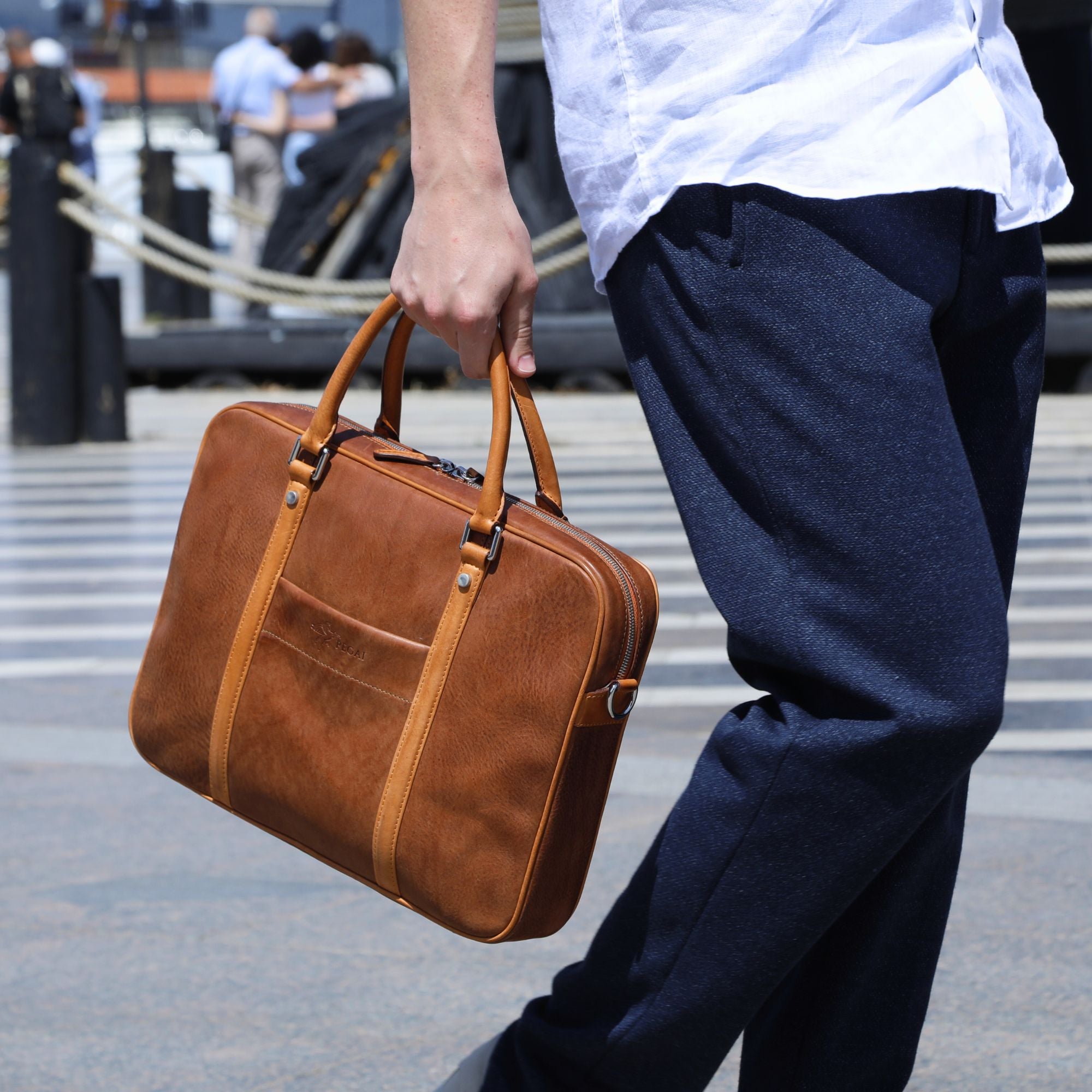
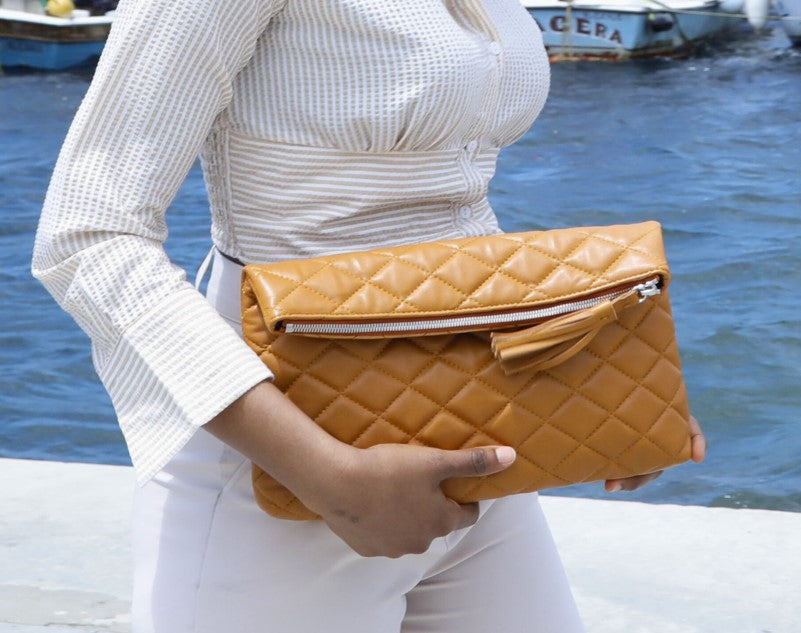
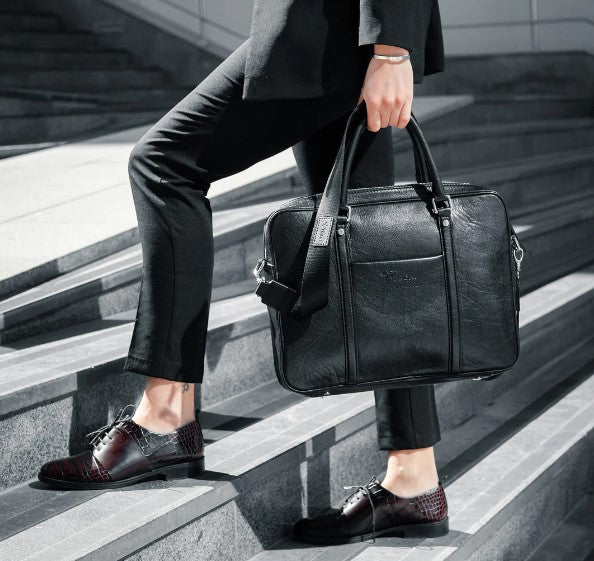
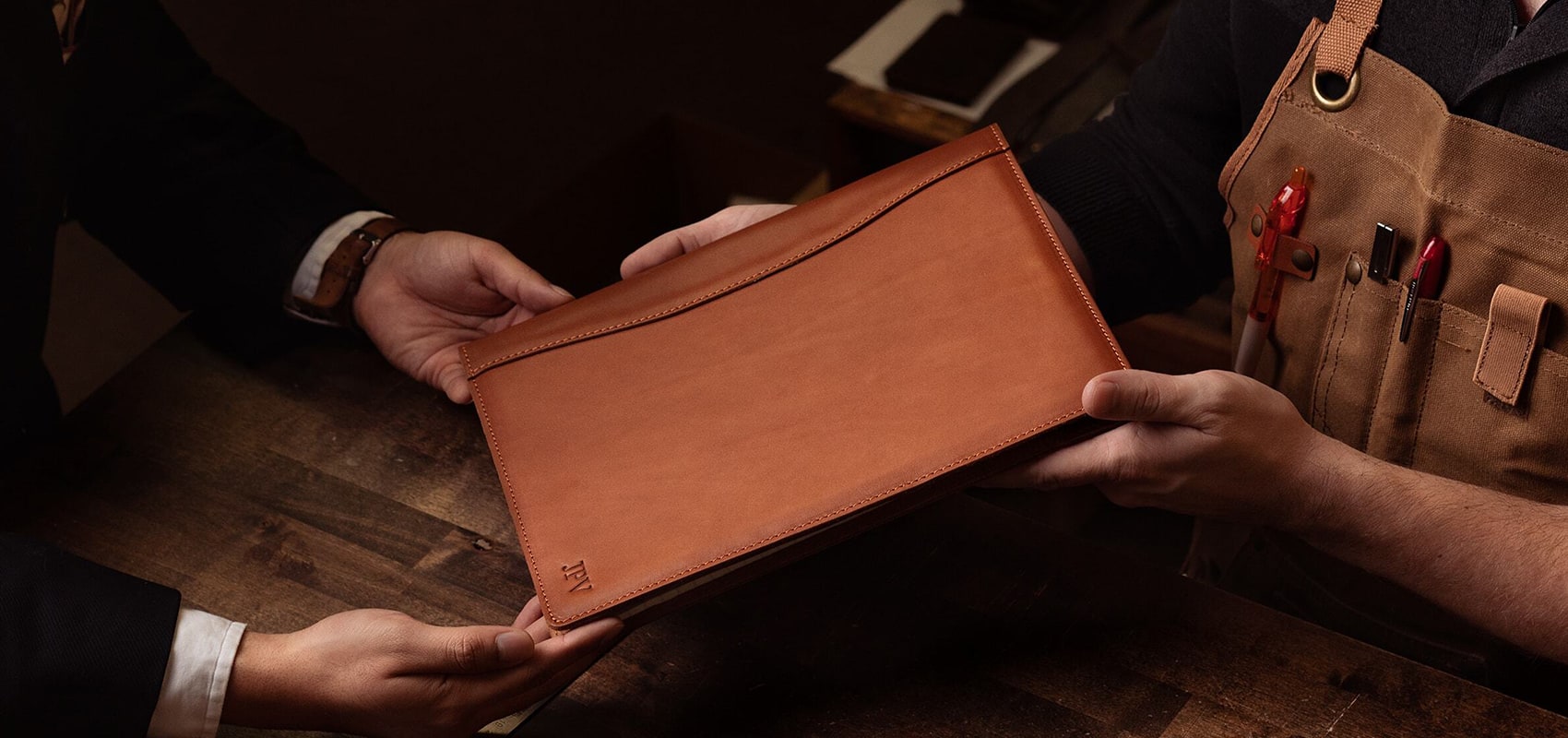
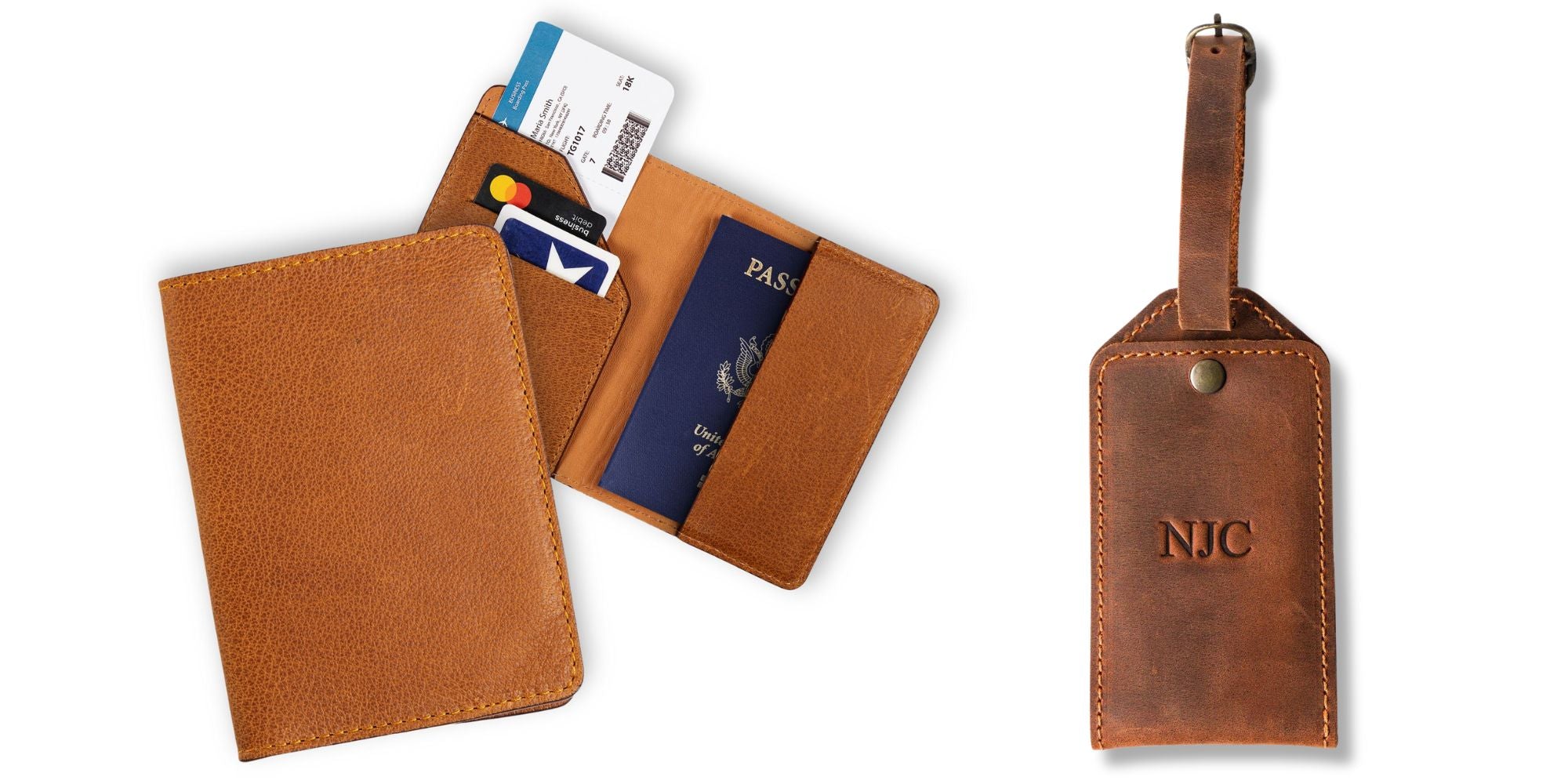
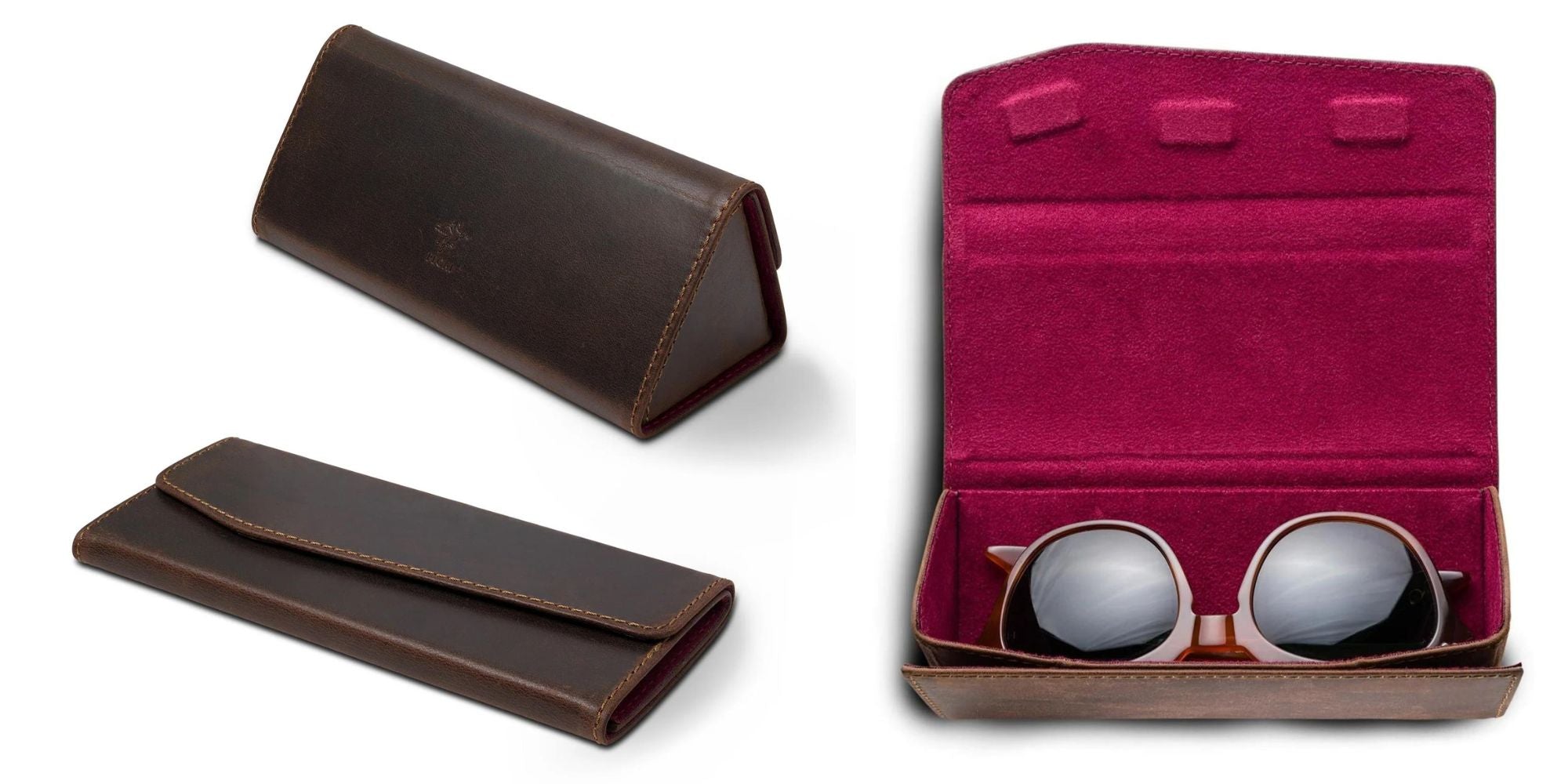



Leave a comment